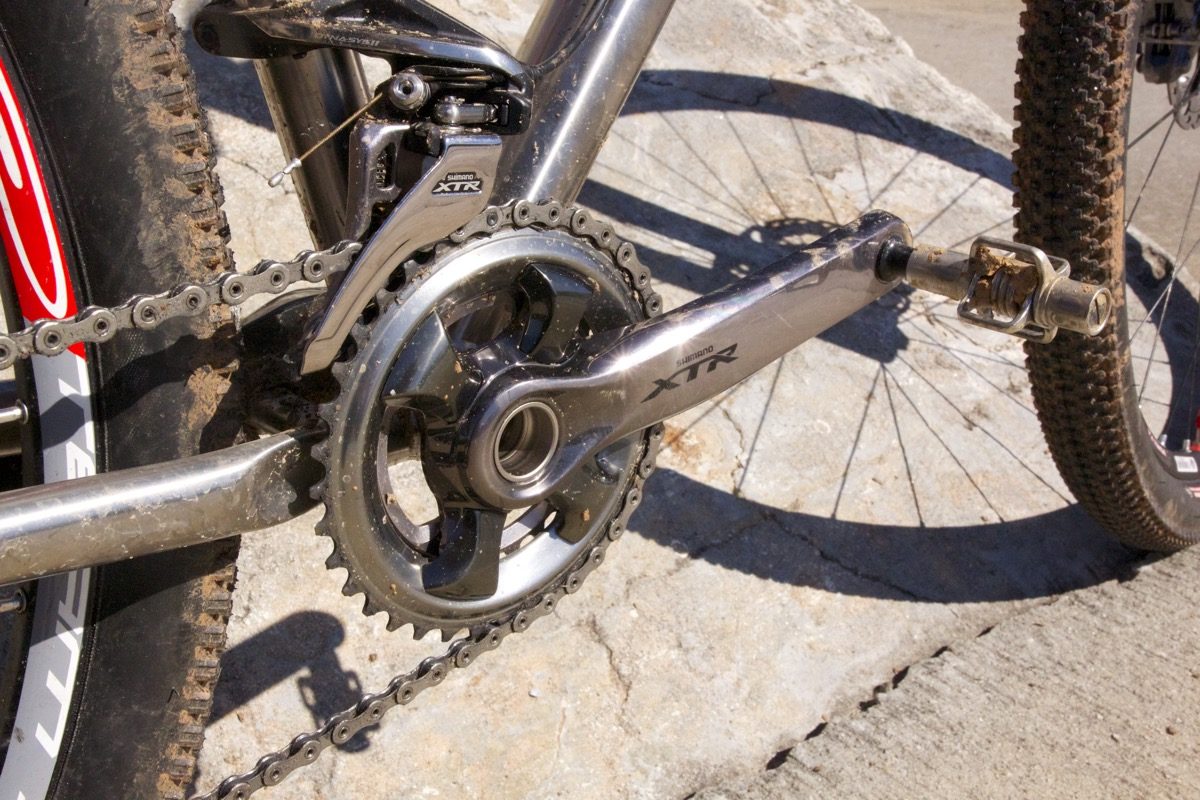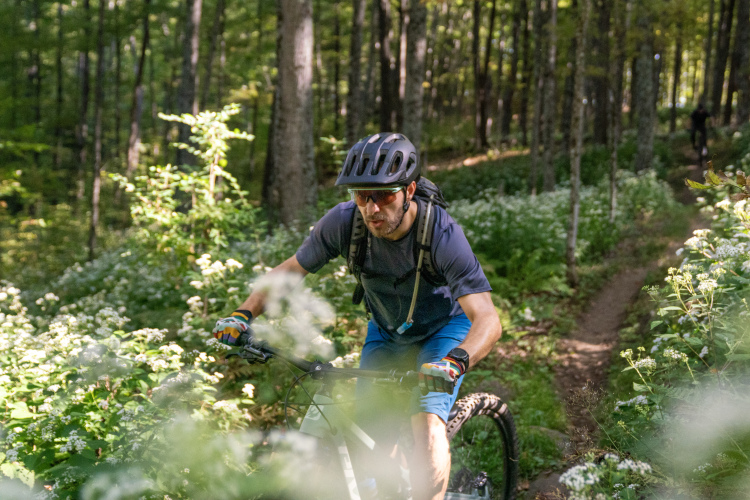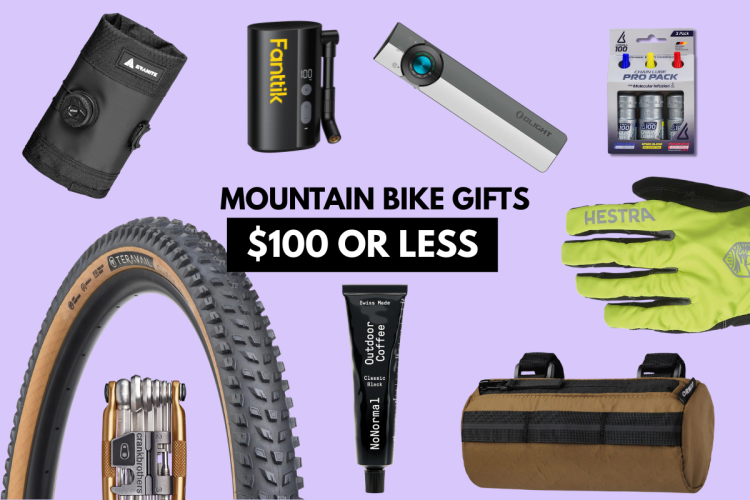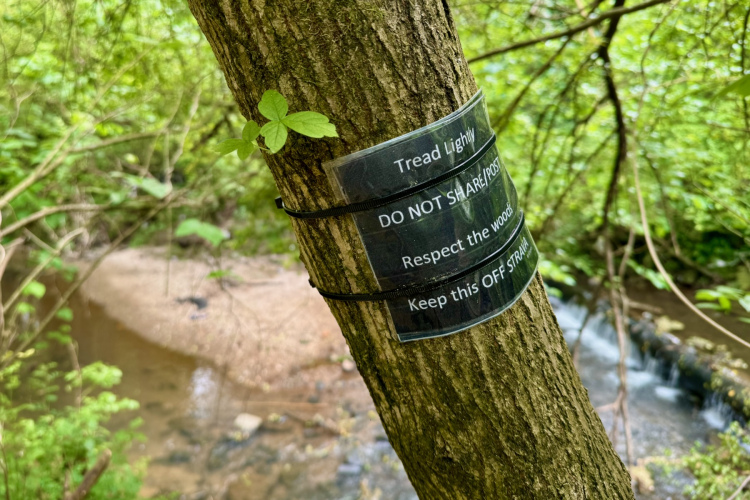
For many, 2017 will finally be the year of the new bike. Getting a new set of wheels is exciting, but it can also be stressful to make the right decision about such a big purchase. One of the questions we often get from Singletracks members in this position goes something like this:
“Should I buy this low spec bike, which doesn’t have exactly the parts I want, and upgrade later OR should I buy this high end build that has some nice parts I don’t really need, but won’t require any upgrades?”
Before diving in, it’s worth noting this entire dilemma is a little absurd, and the person asking the question isn’t actually to blame. Back in the 1990s, Michael Dell came up with a way for consumers to choose exactly what they wanted in their computers–the hard drive, the graphics card, the memory–and he delivered it to them, usually within just a couple days. And even before that, Burger King told consumers to “have it your way,” fast food assembly line efficiencies be damned.
Yet here we are in 2017, and due in large part to complicated global supply chains, pricing agreements, and plain old logistics, mountain bikers generally can’t just order up a bike with the exact parts they want. Sure, choosing all the parts for a bike would be overwhelming for many consumers anyway, but man, wouldn’t it be nice to be able to just make a tire swap on an otherwise spot-on build?
Unfortunately we aren’t there yet (though some bike companies are making progress), so the question remains: should I go high or low when choosing my new mountain bike build?
Avoid paying full retail for bike parts

If you’ve ever priced out building a mountain bike from the frame up using new parts vs. buying a complete bike, you know going the parts route is much more expensive. Heck, sometimes the price of a complete mountain bike isn’t much more than the price of the fork it includes!
Bike parts typically have higher retail margins than complete bikes, which is one factor in the price disparity. Plus, bike manufacturers buy parts in bulk so they get even lower prices which thankfully, if inexplicably, they often pass on to consumers.
So, if you’re telling yourself you’ll buy the low spec bike and upgrade a few parts here and there, be careful! You might end up spending just as much trying to get a couple upgrade parts as you would have spent for the high end build from the beginning.
Advantage: high end build. The more you spend, the more you save. 🙂
A bike frame is just a skeleton

You’ve probably heard this one before: “Dude, it’s the same exact frame as the expensive one, but this build costs $1,000 less!”
The thing is, a bike frame, while important, is just a skeleton. Put another way, a bike frame is a bit like one of those beige boxes Michael Dell was cramming full of flashy electronics back in the 1990s. Sure, it’s important to choose a good bike frame, and you can’t really upgrade a frame down the line without calling it a new bike. But the frame itself is easily the least dynamic part of a bike.
Dealing with a drivetrain that doesn’t shift consistently or a fork that doesn’t deliver on the trail is a high price to pay for a “good” frame. The fact is, we interact with and are aware of our components much, much more than our frames, so why would we skimp on the moving parts just to have a nice static part? It’s easy to regret going cheap on components when you’re dealing with issues during every other ride. Nicer components usually just do what they’re supposed to do.
Advantage: high-end build. The more you spend, the better your ride.
Quality parts tend to hold value better
Quality mountain bike parts tend to cost more, in part, because they’re designed to last longer than entry level parts. So while a buyer may end up saving some money initially, he or she will need to pay more money to fix or replace parts down the road. And remember, those replacement parts will have to be purchased at retail prices.
There’s also the matter of resale. If you want a bike that will hold as much of its value as possible, whatever you do, do not go for a low end build. Consider the used car market: mid-range cars, like the Toyota 4Runner and Chevy Camaro tend to have the best resale-to-purchase-price ratios, better than the Ford Festivas on the low end or the Lexus GS’s on the high end. While neither bikes nor cars should be seen as investments, it’s wise to at least consider what your bike will be worth the next time you get upgrade-itis.
Also, consider the fact that there is virtually no aftermarket for low end components. No one wants to buy the cheap fork you plan to upgrade on your bike, because all the potential buyers already have that same fork and they’re trying to upgrade it themselves. When you buy a low-end build, you are essentially paying for each individual component, even though you (and often the market) places a value of $0 on certain parts. If that doesn’t sit well with you, you probably shouldn’t be buying a low-spec mountain bike.
Advantage: medium-level build. Don’t go so high-end that you end up with a luxury collector’s item.
Most of us just want to ride
Ok, so you outsmarted everyone and figured out you could buy the low end build, then use the money left over to upgrade the fork and drivetrain. While you’re sitting around waiting for your parts to come in from that online retailer in the UK, your buddy who bought the higher-end model is already out riding laps on the trail. Even if you’re not waiting for parts to arrive, there’s still the time and potential expense of installation to consider.
Not only that, when you buy a complete bike, there is usually a warranty and often a shop to back up all the included parts and assembly. It’s much easier to get support if a stock part breaks on your bike than trying to get anyone to admit fault when an upgrade goes wrong.
Advantage: the build that has the parts you want. If you want a nicer fork, go for the nicer build to avoid headaches.
You know that’s just for marketing, right?

Oftentimes, even bike companies themselves don’t actually want you to buy their low end build. By creating a bare bones, budget model, companies are able to market a mountain bike as “starting at $1,999” when in reality, most people are going to pay closer to $3,500 for the bike. With a build like this, the company is trying to hit just below a certain price point, and they may have to cut corners to do so.
The same can be said for really high end builds, too. By charging a lot for the top-of-the-line model, the company hopes to create a halo effect over all the other builds. Dave Thomas once said the whole reason Wendy’s added the triple cheeseburger to their menu was to sell more double cheeseburgers. That makes perfect sense, until you realize you’ve been buying the triple cheeseburger all along. If the company is selling something they didn’t think anyone would/should buy, what does that say about the buyer who does choose to buy it?
Advantage: medium-level build.
While it seems pretty clear that choosing a low-end mountain bike build isn’t wise, the fact for many riders is they don’t have much of a choice due to budget constraints. On top of that, it’s possible the lower-spec buyer will still have a great experience, though perhaps not quite as great as the person who waited until they could afford the bike build they truly wanted.
Make your 2017 bike purchase the best one yet and get yourself the bike you know you’ll truly enjoy. Even if it means saving your money a little bit longer.











12 Comments
Jan 4, 2017
True, but if you buy a frame with poor geometry for your intended riding you will hate it (or promptly destroy it; see below). A pile of nice parts will never rescue the wrong frame for you. I say the wrong frame for you as most frames/bikes you can purchase these days above the big box store level are decent. However, buying a lower cost bike frame with the wrong geometry that you hope to turn into something else via component swaps is a foolish pursuit.
The best example of this silliness that I have seen tons of over the years are riders looking for the lightest weight bikes that they turn around and want to ride in an uber aggressive manner over unforgiving terrain all the while being far from svelte themselves. The first generation Santa Cruz Superlight was notorious for this as it was simply a slimmed down Heckler. It still possessed the Heckler's geometry that made riders feel like they could tackle anything, but tons of them broke from being pushed way beyond what they were designed for. Those riders would have been far better off with a Heckler (or Bullit) at the time, but gawd forbid you have a heavier bike. Dumb.
Jan 4, 2017
Jan 4, 2017
What's your two cents on rims. I'm looking to build a set with I9 hubs and either Nox or Nobl rims. Which would you recommend? Our would there be a better set in that $1400 price range?
Thanks!
Jan 4, 2017
Jan 4, 2017
Jan 5, 2017
Jan 4, 2017
Jan 4, 2017
Jan 6, 2017
Jan 5, 2017
I go back to Heckler for you on this because while it may not be in SC's current line up, it was easily the most durable, lowest maintenance and most fun bike they've built in the last few years. I have a friend who broke every Santa Cruz bike he rode (a Butcher and two Nomads) going through several warranty replacements. The dude is an awesome gorilla, but he could not break the Heckler.
Lastly, you could develop a rapport with a small local bike shop and for likely a nominal cost they could build and tune up whatever bike you get. Being polite, respectful and bringing some beer goes a long way even if you don't buy your rig from the shop.
Jan 5, 2017
Jan 4, 2017